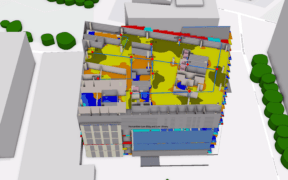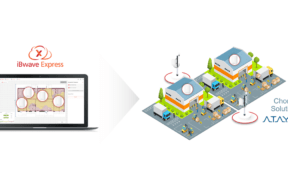Category: 5G

Discover how digital twins are revolutionizing wireless network management. By creating virtual replicas of physical networks, digital twins enable proactive planning, real-time performance tracking, and optimized network design. Learn how industries like oil and gas, smart cities, and warehouses are leveraging this technology to enhance connectivity and efficiency. Explore the benefits of digital twins and how iBwave Unity empowers network operators with real-time monitoring, optimized design, and centralized collaboration.

Accelerate your private 5G deployment with faster, simpler, and cost-effective solutions. Traditional private 5G networks come with high costs, complex deployments, and scaling challenges. However, new plug-and-play solutions and automated RF planning tools, like iBwave Express, are transforming how businesses roll out private 5G. Learn how enterprises can optimize coverage, reduce hardware costs, and compare Wi-Fi vs. private 5G for smarter infrastructure decisions. Discover how iBwave and ATAYA are simplifying private 5G—making it more accessible and scalable than ever. Explore the future of private 5G today!

Discover the key differences between Private LTE/5G and Wi-Fi to make the best wireless connectivity choice for your enterprise. This article explores the benefits, features, and use cases of these advanced technologies, comparing their cost, security, reliability, and coverage. Learn how industries like manufacturing, healthcare, and utilities are leveraging Private LTE/5G for operational efficiency and how these networks coexist with Wi-Fi to create robust hybrid solutions. Download our eBook for a deep dive into the convergence of Private LTE, 5G, and Wi-Fi 6 to optimize your enterprise's wireless network strategy.
